Audi A5 Cabriolet (2009-2017) engines, drive and performance
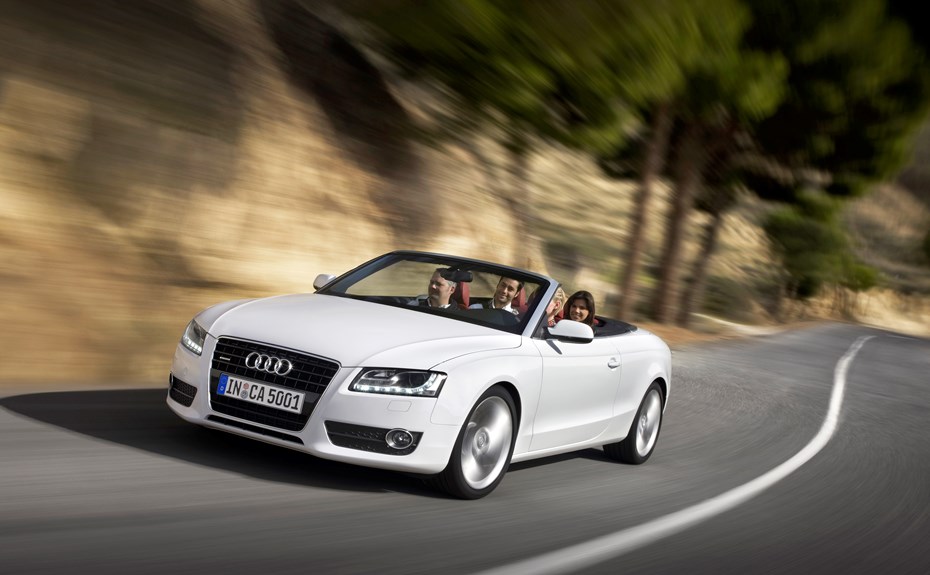
The A5 Cabriolet was launched with the choice of a turbocharged 2.0-litre petrol engine, a normally aspirated 3.2-litre V6 petrol, or a 3.0-litre TDI with quattro all-wheel drive. The 2.0 TFSI boasts 211bhp and a healthy amount of pulling power from low down making the 0-62mph sprint in 7.5 seconds for six-speed manual versions or 7.9 seconds for the Multitronic automatic.
It’s the same engine that’s used in the 2009 Volkswagen Golf GTI and feels eager and responsive – it’s certainly the most sporty in the range, albeit the least powerful. The Multitronic-only 3.2-litre sneaks under seven seconds for 0-62mph and the 265bhp V6 is very characterful and smooth. However the quickest model in the A5 Cabriolet line-up is actually the 3.0-litre TDI.
With 240bhp, it may have less power than the 3.2-litre, but has 50% more pulling power (torque) allowing it to accelerate from 0-62mph in just 6.4 seconds. It’s the effortless way in which it gains speeds which is most impressive though, helped by the ultra-smooth seven-speed S tronic automatic gearbox which uses two clutches for super-fast shifts.
The A5 Cabriolet feels safe and responsive on the road, with comfortable cruising more a priority than pin-sharp cornering. However, it is possible to tailor your A5 Cabriolet’s behaviour by choosing from the options list under the ‘Audi Drive Select’ banner. One system enhances the steering response, while the other allows electronic damper control with a choice of modes.
Further developments following the car’s launch in the UK, include a ‘sports differential’ upgrade for the quattro system, initially only available on S5 versions, which as well as allowing drive to be varied between the front and rear wheels, can also switch the level of traction offered between either of the rear wheels.


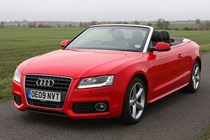
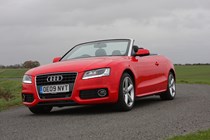
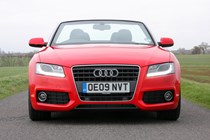

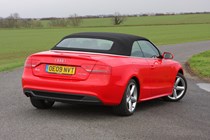
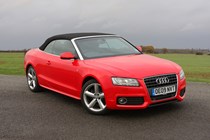

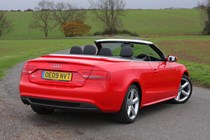
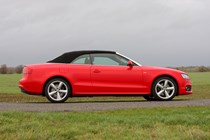
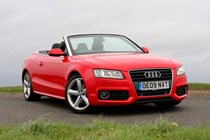
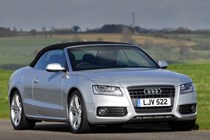
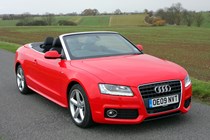
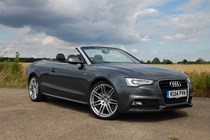
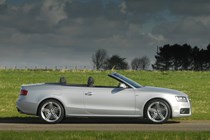
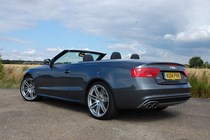
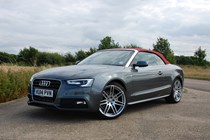
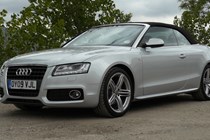
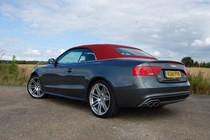

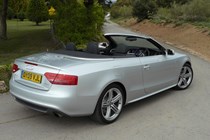
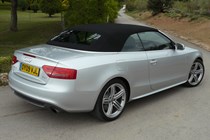

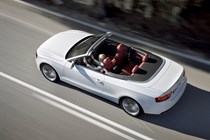
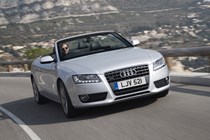
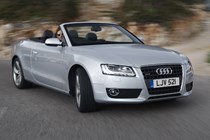


.jpg)
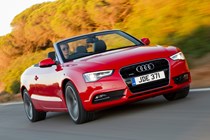
.jpg)
.jpg)
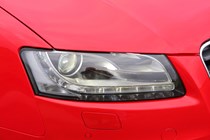
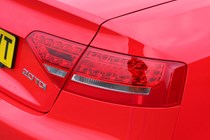
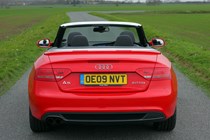
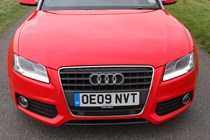
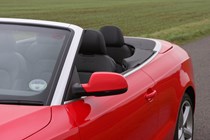
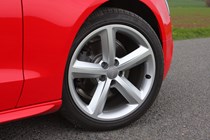

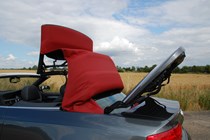
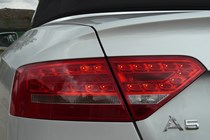



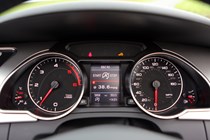
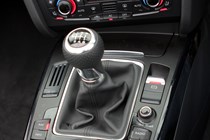
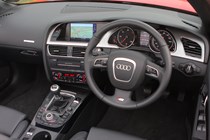

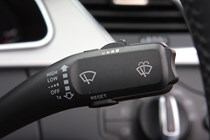
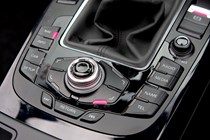


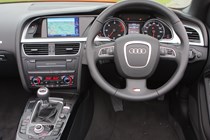
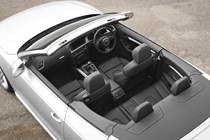

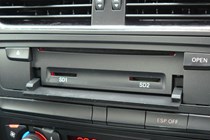
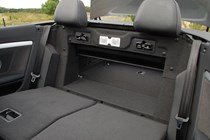
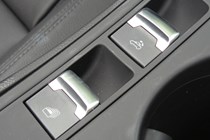


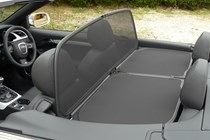
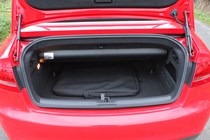
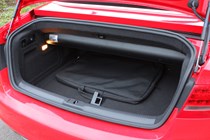
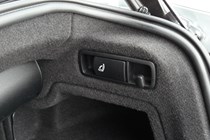

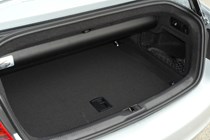
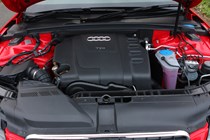
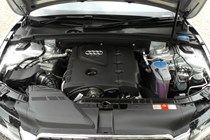



























.jpg?quality=50)

.jpg?quality=50)
.jpg?quality=50)



































